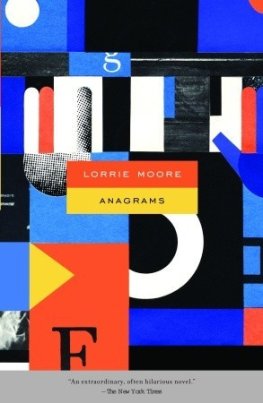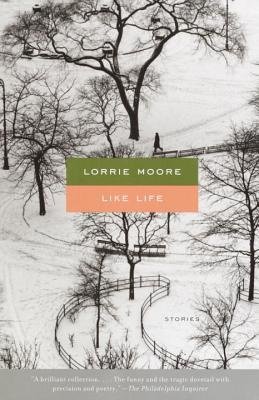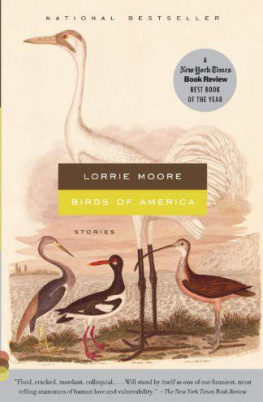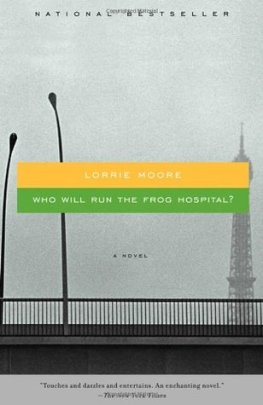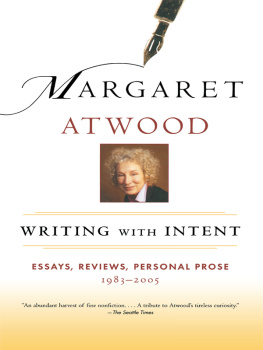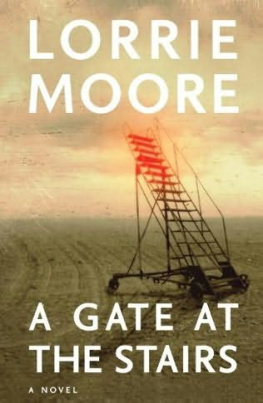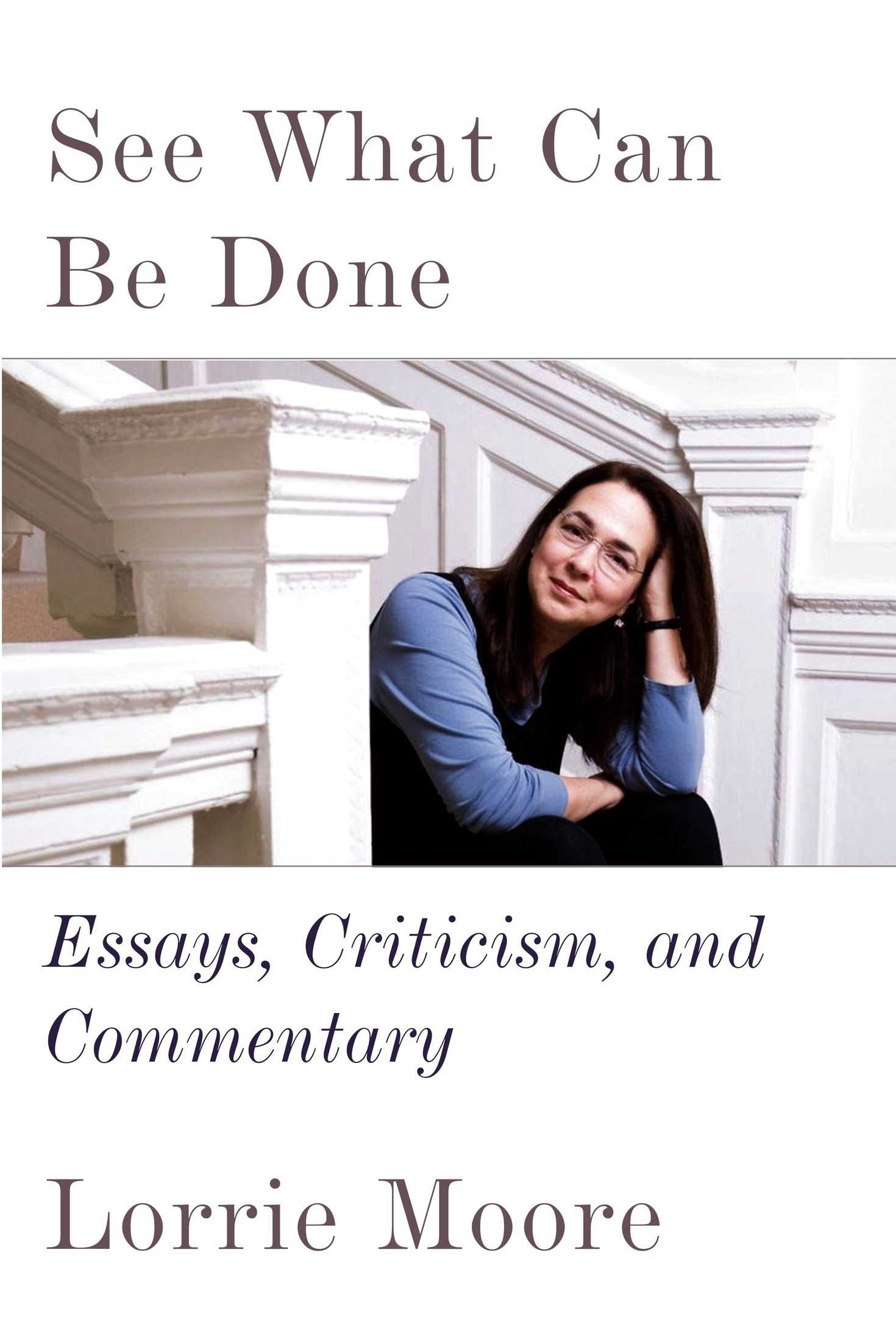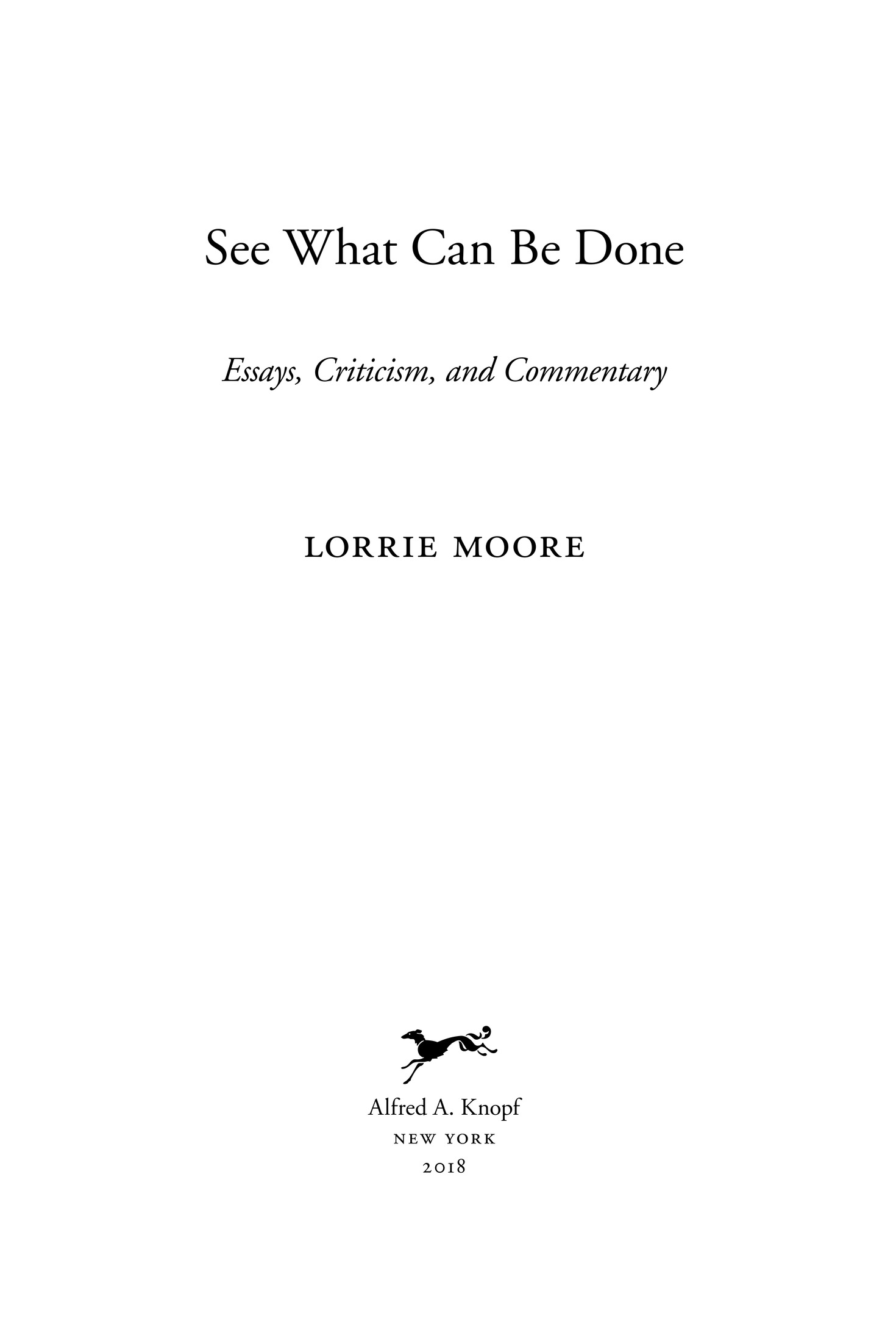PUBLISHED BY ALFRED A. KNOPF
All rights reserved. Published in the United States by Alfred A. Knopf, a division of Penguin Random House LLC, New York, and distributed in Canada by Random House of Canada, a division of Penguin Random House Canada Limited, Toronto.
Knopf, Borzoi Books, and the colophon are registered trademarks of Penguin Random House LLC.
Names: Moore, Lorrie, author.
Title: See what can be done : essays, criticism, and commentary / Lorrie Moore.
Description: First edition. | New York : Alfred A. Knopf, 2018. | This is a Borzoi book.
Identifiers: LCCN 2017006247 | ISBN 9781524732486 (hardcover) | ISBN 9781524732493 (ebook)
Subjects: LCSH : Criticism. | Literature, ModernHistory and criticism.
Classification LCC PN 85 . M 66 2018 | ddc 801/.95dc23 LC record available at https://lccn.loc.gov/2017006247
Publication Acknowledgments
Grateful acknowledgment is made to the following publications in which the pieces first appeared, sometimes under different titles and in slightly different form:
The Atlantic: Leave Them and Love Them, December 2004.
Epoch: Review of Nora Ephrons Heartburn, SpringSummer 1983.
The Guardian: What We Were Reading, December 4, 2009.
Harpers Magazine: Animal Instincts, August 2013.
Los Angeles Review of Books: Thinking About Hillary, at This Late Hour, January 20, 2017.
Mademoiselle: Love Lives of the Famous, February 1987.
The New Yorker: Legal Aide, April 23 and 30, 2001; Bioperversity, May 19, 2003; Wizards, September 12, 2011; Lena Dunham: Unwatchable in the Best Way, March 27, 2012; and Canada Dry, May 21, 2012.
The New York Review of Books: Made in the USA, August 12, 1999; The Odd Women, April 13, 2000; Patios & Poolsides, November 16, 2000; Artship, January 17, 2002; Burning at Both Ends, March 14, 2002; The Long Voyage Home, October 10, 2002; Home Truths, November 20, 2003; Unanswered Prayer, November 4, 2004; Loves Wreckage, August 11, 2005; A Pondered Life, September 21, 2006; The Awkward Age, September 27, 2007; How He Wrote His Songs, March 26, 2009; The Brazilian Sphinx, September 24, 2009; In the Life of The Wire, October 14, 2010; What If?, May 12, 2011; Very Deep in America, August 18, 2011; Circus Elephants, September 15, 2011; Werner Herzog on Death Row, November 10, 2011; Sassy Angel, January 10, 2012; Which Wisconsin?, July 12, 2012; Double Agents in Love, February 21, 2013; Gazing at Love, December 19, 2013; Our Date with Miranda, March 5, 2015; Sympathy for the Devil, September 24, 2015; TV: The Shame of Wisconsin, February 25, 2016; A Very Singular Girl, July 14, 2016; The Case of O. J. Simpson, October 27, 2016; and Aint It Always Stephen Stills, August 17, 2017.
The New York Times: The Modern Elizabethan, April 23, 2006.
The New York Times Book Review: How Humans Got Flippers and Beaks, October 6, 1985; Give Me Epic, Give Me Tragic, Give Me Cheap, October 18, 1987; The Chekhov of Westchester, July 10, 1988; What Lil Abner Said, March 12, 1989; Ordinary Life Always Went Too Far, October 22, 1989; Bobbo Druffs Alcoholic Vaudeville, March 10, 1991; Look for a Writer and Find a Terrorist, June 9, 1991; Voters in Wonderland, November 3, 1992; God Does Not Love Aunt Ellen, February 14, 1993; Every Wifes Nightmare, October 31, 1993; God Is in the Details, September 29, 1996; A House Divided, June 28, 1998; Ill Cut My Throat Another Day, November 7, 1999; and The Wrath of Athena, May 7, 2000.
The New York Times Magazine: Best Love Song; Two Girls and a Guy, April 18, 1999, and A Man of Many Words, January 7, 2001.
Observer: Unsolving JonBents MurderAbsent Narrative, Chaos Rules, April 5, 1999.
The Yale Review: Theater in Review, January 9, 2007.
Grateful acknowledgment is made to the following for permission to reprint previously published material:
HarperCollins: Titanic, in Writers at the Movies: Twenty-Six Contemporary Authors Celebrate Twenty-Six Memorable Movies, November 14, 2000.
Penguin: Better and Sicker, in The Agony and the Ego, January 4, 1994.
Penguin Canada: Introduction to Modern Classics Moons of Jupiter, April 4, 2006.
Picador: Introduction to Ethan Canin, The Palace Thief, in Object Lessons: The Paris Review Presents the Art of the Short Story, October 2, 2012.
Introduction
The title of this bookSee What Can Be Doneis not a boast but an instruction. I received it with almost every note I got from Robert Silvers, editor of The New York Review of Books. He would propose I consider writing about somethinghe usually just FedExed a book to my doorand then he would offer a polite inquiry as to my interest: perhaps Id like to take a look at such and such. See what can be done, he would invariably close. My best, Bob. It was a magical request, and it suggested that one might like to surprise oneself. Perhaps a door would open and you would step through it, though he would be the one to have put it there in the first place.
Most of the pieces in this book are what could be done, at least by me, as I immersed myself in seeing what others could do; cultural responses to cultural responses. However personal and idiosyncratic they are, the pieces by and large fall into the category of reviewing, although when a review gets long enough it may qualify as a critical essay, and when it is succinct enough it can be a remark. (Remarks are not necessarily lesser: I believe Bette Davis should have won a Nobel Prize for Old age is no place for sissies, a line Bob Dylan himself might covet.) Essays, reviews, occasional meditations are all included here. Whether there is really a reason to round them all up, even selectively, is a question I cant answer. But I can say that I did the gathering because, looking at my decades-long life as a fiction writer, I noticed another trail had formeda shadow life of miscellaneous prose piecesand I wondered about it as a trip, if not precisely a journey.
The pieces begin in 1983 in Cornells literary magazine, Epoch (where I wrote reviews of books by Margaret Atwood and Nora Ephron), and they end, in time for the golden anniversary of the Summer of Love, with a take on Stephen Stillsthirty-four years of, well, stuff. I mercifully have not included every last thing, though it may seem as if I have; in the late 1980s when I was once introduced to a particular guest at a party, the guest said, Oh, yes! I know you: you review books! and my heart sank. After my debut collection of stories was published, Anatole Broyard, then a New York Times Book Review editor, was the first review-commissioner to phone me at my office in Wisconsin and offer me work. Slightly terrified, I kept taking his assignments. I think Ive become Anatole Broyards slave girl, I said to my then beau. I dont know how to stop. And indeed I probably wrote too many reviews, telling myself I needed the money.


